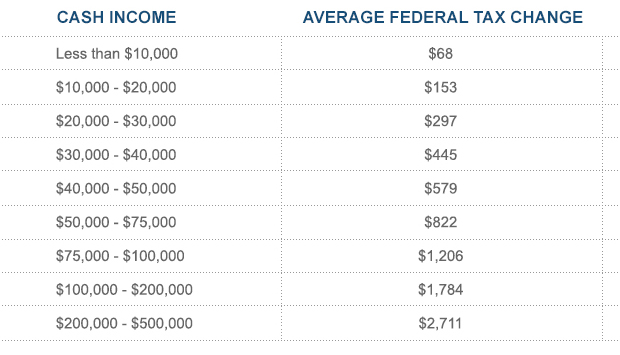Portland: Not such a great place to buy foreclosed homes in 2013
Wendy Culverwell Business Journal staff writer- Portland Business JournalRealtyTrac, an Irvine, Calif.-based real estate research firm, released its year-end foreclosure report and list of the best cities to buy a foreclosed home in the coming year today.
It said foreclosure activity decreased in 181 of the 2012 metro markets it tracks in 2012. Portland foreclosure activity fell more than 28 percent, it said.
Notable exceptions include Tampa (up 80 percent), Miami (up 36 percent), Baltimore (up 34 percent), Chicago (up 30 percent) and New York (up 28 percent).
“Markets with increasing foreclosure activity in 2012 took the first step in finally purging delayed distress left over from the bursting housing bubble,” said Daren Blomquist, vice president.
To select the best places to buy foreclosed properties, RealtyTrac computed the months’ supply of foreclosure inventory, percentage of foreclosure sales, foreclosure discount and percentage increase in foreclosure activity in 2012 for metro areas with populations of 500,000 and above.
Portland — and Seattle — missed making the Top 20.
In fact, it was the opposite. RealtyTrac said Portland will be one of the worst cities to buy foreclosed properties, along with McAllen, Texas; Ogden, Utah; Little Rock, Ark.; Las Vegas; Salt Lake City; Boise, Idaho; Buffalo, N.Y.; and Phoenix.
Wendy Culverwell covers real estate, retail and hospitality.



